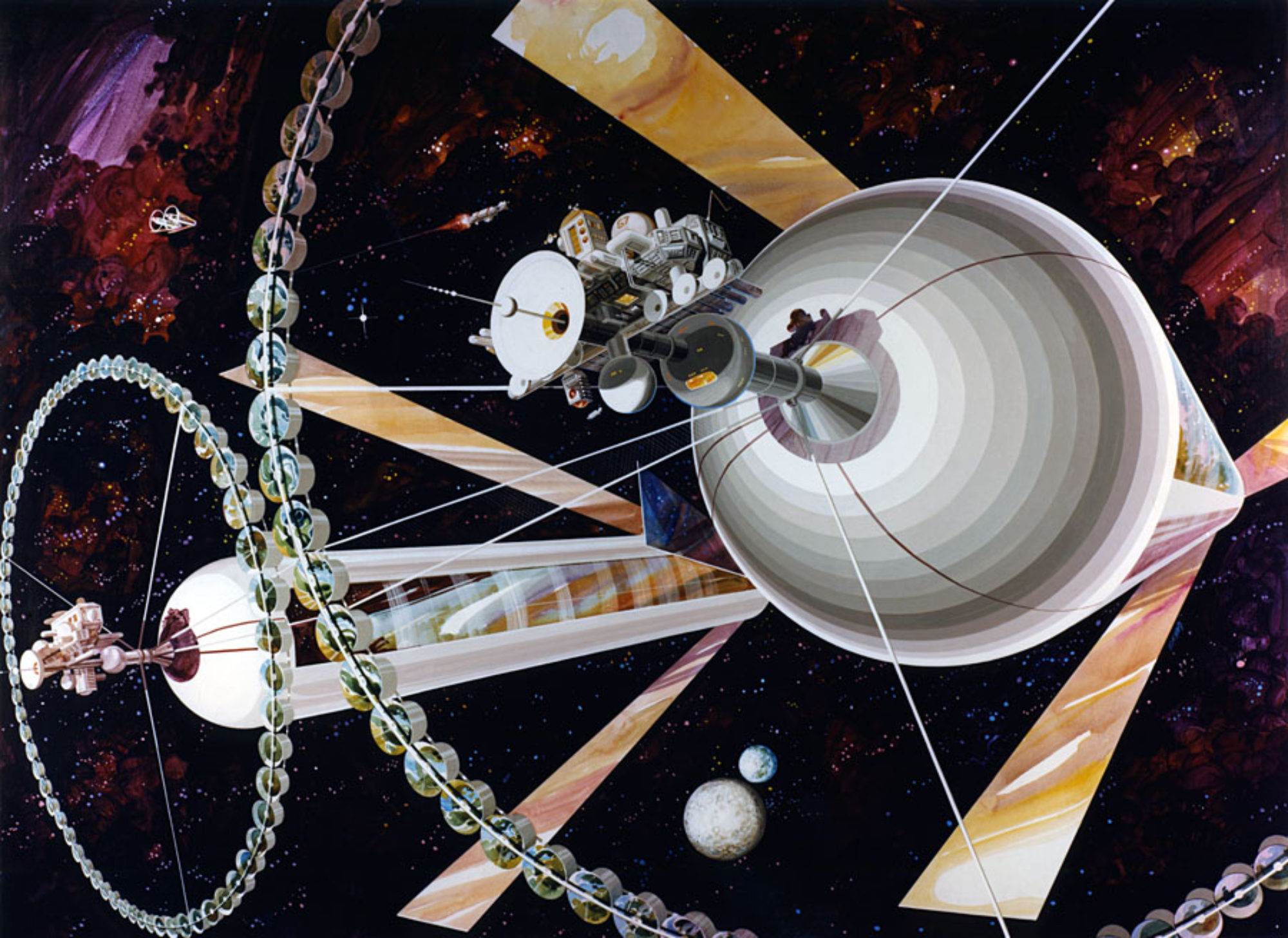
A Team* of researchers at the University of Bremen, Germany has just published results of an experiment to grow cyanobacteria fed from regolith and atmospheric gases available on Mars. The study, published in the February 16 2021 issue of Frontiers in Microbiology, showed that an analog of Martian regolith consumed as a nutrient source by cyanobacteria which could then potentially be used to feed secondary heterotopic consumers downstream in a life support system producing food, oxygen, energy and recycling functions.
The results of the study indicate that a low pressure mixture of gases extracted from the Martian atmosphere would be suitable for a photobioreactor of cyanobacterium-based life-support system. More work is needed to optimize the design of such systems on Mars, such as investigating the effects of different concentrations of N2 on cyanobacteria, variation in the composition of regolith mixtures, and the transfer of nutrients from cyanobacteria to organisms downstream in the life support system.
In an email to Dr. Cyprien Verseux, the lead author on the paper, I asked about using E. Coli as a secondary consumer in the study. He responded: “We used E. coli as a model here, but it does not mean that we suggest using this bacterium specifically. The point was to show that heterotrophic organisms could be fed using cyanobacteria, which themselves could be fed using resources available on Mars. It is on purpose that we remained vague on the downstream processes: what we’re trying to develop is not a BLSS [bioregenerative life-support systems] per se, but rather a way of connecting [a] BLSS, some of which are being developed by others (see, e.g., the MELiSSA project), to resources available on Mars.”
When asked about planetary protection concerns about introducing cyanobacteria into the Martian environment even though appropriate precautions would likely be taken to completely contain the organisms within the BLSS, Dr. Verseux, said “Certainly, we need to bring the risk of outward contamination as close to zero as reasonably possible. A low pressure inner pressure is a first step: it reduces the risks related to leakage. Other potential measures include the use of several levels of confinement, and the installation of the setup far from areas of astrobiological interest.”
Dr. Verseux has more information about using green bacteria on the Red Planet on is blog Walking on Red Dust.

* Authors: Cyprien Verseux, Christiane Heinicke, Tiago P. Ramalho, Jonathan Determann, Malte Duckhorn, Michael Smagin and Marc Avila – Center of Applied Space Technology and Microgravity (ZARM), University of Bremen, Bremen, Germany












